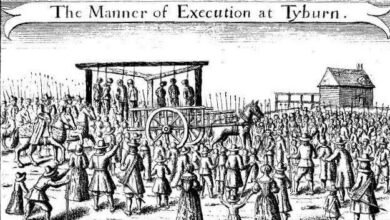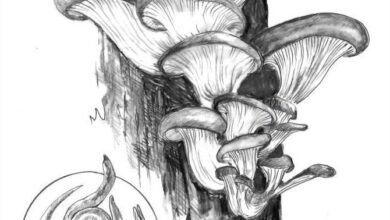Fort William Henry’s Historic Well


 In August 1757, following a siege of several days and after defeating the British, the French burned Fort William Henry at Lake George. Nearly a century later in 1855, the first Fort William Henry Hotel, located adjacent to the grounds where the fort once stood, opened.
In August 1757, following a siege of several days and after defeating the British, the French burned Fort William Henry at Lake George. Nearly a century later in 1855, the first Fort William Henry Hotel, located adjacent to the grounds where the fort once stood, opened.
The palatial hotel was destroyed by fire in 1909. Two years later, a second Fort William Henry Hotel was built. Replica Fort William Henry opened in 1954 as a museum. Fifty-years later, in 2004, a facsimile of the second hotel was erected. Throughout all this time there was one constant at the site, that being Fort William Henry’s well, dug in 1756 by Roger’s Rangers.
In 1901, the old water hole, partially filled with stones and rubbish, was cleaned by the hotel maintenance staff. A pump was installed so guests of the first Fort William Henry Hotel could drink a glass of water from the same source that once quenched the thirst of British soldiers from 1755–1757.
To optimize this experience in 1901, easy chairs and rockers were placed along the knoll overlooking the well so hotel patrons could gaze at the picturesque waterway while sipping a drink.
A wooden band stand was also erected nearby where concerts were performed. The 1909 blaze that engulfed the hotel interrupted this communion of tourists “drinking with the soldiers.”

 In 1933, during the Great Depression, newspapers reported that visitors could peruse the ancient well and view remnants of the fortification’s earthworks.
In 1933, during the Great Depression, newspapers reported that visitors could peruse the ancient well and view remnants of the fortification’s earthworks.
In the early-to-mid 1950s, the 18th-century well again became a significant topic in the history of Fort William Henry. During this time, Syracuse’s Stanley M. Gifford conducted archaeological excavations on the grounds of the French & Indian War (1755–1763) fortification.
Though replica Fort William Henry opened its doors in May 1954, the museum was not completed until the following year.
In 1955, the museum’s staff determined the colonial well had an original depth of 40 feet. Yet, the depth of the former drinking source was 19½ feet. Thus, there was about 20 feet of debris inside the aged well.
A legend associated with the feature was that in August 1757, the British tossed their monetary treasures down the hole to prevent the French from securing coins and other precious items.
Beginning in the 1990s, Chestertown, NY, archaeologist Dr. David Starbuck directed several summer excavations at replica Fort William Henry. Moreover, Starbuck was intrigued by the stories associated with the historic well and in 1997 began excavating it.
At 24-feet down from the ground surface, Starbuck hit some water, so a pump was employed to prolong the excavation.
Before the well dig was terminated for safety concerns, Starbuck unearthed gun flints, musket balls, butchered bones, pottery and porcelain sherds, modern coins (mostly pennies tossed in for good luck), chewing gum, and other items dropped by tourists.
However, the fabled British payroll, if it even existed, eluded the archaeology team.
A version of this article first appeared on the Lake George Mirror, America’s oldest resort paper, covering Lake George and its surrounding environs. You can subscribe to the Mirror HERE.
Illustrations, from above: A drawing by artist Tim Cordell pictures Fort William Henry in 1756 (courtesy Tim Cordell); and a photograph, from an early-20th-century postcard, showing the Fort William Henry military well at lower right-hand corner (Joseph W. Zarzynski Collection).
Source link




